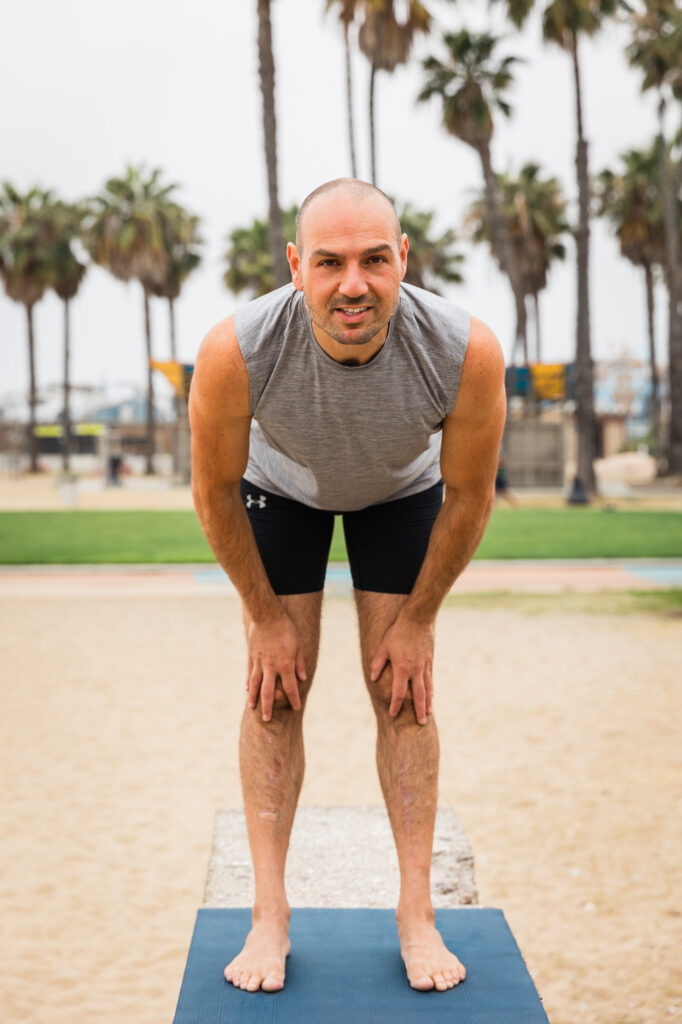Analyzing a Case History

In this post we’re going to analyze a chart the best we could to get you acquainted with what all this means.

Look at the top left where it says CC, that’s the Chief Complaint. It says there DYSURIA which refers to painful urination. It also says HEMATURIA (blood in urine) and urinary frequency and urinary hesitancy (nothing comes out). Right off the bat, this is incredibly suspect of a Urinary Tract Infection.
To the right of that you have Triage Notes and Assessment which include blood pressure, pulse, oxygen saturation (SpO2) and so forth. Below that we have the circulatory assessment where you could the skin related things look normal. The normal capillary refill means that when you squeeze your nail (must be free of nail polish), it turns white and when you let off it returns back to a pink color in less than 2 seconds, indicating good blood flow. If the capillary refill was delayed it may be an indication of septic shock. Septic shock is a serious condition that occurs when an overwhelming infection leads to life-threatening low blood pressure.
Just below the circulatory assessment, on the right side is the GCS Scale. The Glasgow Coma Score is part of the test to know how conscious the patient is so that you know what the patients state is like when they took down the info. The higher the awareness is, the higher the score. Note that on this chart the highest numbers are circled.
Below the GCS we see a receipt on the right that includes the “dipstick” data for the urine test. A dipstick (a thin, plastic stick with strips of chemicals on it) is placed in the urine to detect abnormalities. The chemical strips change color if certain substances are present or if their levels are above normal.
Handwritten on it it says ICON (-) NEG, and that means she is not pregnant so pain is not relevant to pregnancy.
The COLOR (of the urine) is dark red.
GLU is negative and indicates glucose in urine (diabetic?)
BIL is negative and indicates presence of bilirubin (liver damage?)
KET is negative and indicates presence of ketone bodies (diabetic?)
SG is the isolation of specific gravity and is a way to dissolve the material in the urine (the heaviness of the solution).
The pH is not relevant.
The PRO (protein) is elevated at >=300ms/dl. You don’t walk around with a lot of protein unless your kidneys are having issues or UTI or something else.
The NIT (Nitrite) is positive and typically indicates large numbers of bacteria.
The blood in the urine is what strongly suggests the diagnosis is UTI.
UTI’s are defined quantitatively. UTI is defined as ≥100,000 CFU/mL (OR ≥105 CFU/mL).
Colony forming units, usually abbreviated as CFU, refer to individual colonies of bacteria, yeast or mold. A colony of bacteria or yeast refers to a mass of individual cells of the same organism, growing together.
For example: If a microliter of urine (1/1000th of a milliliter) produces 100 colonies on a plate, it can be assumed that a milliliter would have produced 1000 times as many (100,000) and that that corresponds to 100,000 CFU/mL which is apparently the lower limit of contamination for a UTI.
By just getting the dipstick, you don’t even need for the lab results to arrive back. That’s what a case history does.
Signs versus Symptoms
A complete and detailed examination of the patient needs to occur because you can’t treat unless you know what the problem is. In taking a medical history, the clinician asks questions such as “Do you have any pain? “Where is the pain?” and “When did you become ill?” These questions reveal the person’s symptoms. The symptoms are patient experience. By contrast, signs are typically quantifiable. They are objective. They are established by the health care professional and they are definitive. Body temperature, pulse, blood pressure, and respiratory rate are the four vital signs.
Pain symptoms are felt by the patient and are therefore subjective. They are immensely variable. However, you can quantify relevant pain from a 1-10 rating where 1 is minimum and 10 is severe. If you look at the bottom of the chart above, you will find “Pain Assessment” with the number “4” circled. Since it can be quantified empirically, pain is regarded as the 5th vital sign. So the chart we looked at has both signs and symptoms. Both are necessary for creating a diagnosis but which one do you think is more important?
The symptoms are important but patients don’t always have the intellect to convey how they feel. The diagnosis is dominated by signs because they are quantifiable, measurable, and they are established by the health care professional so they are accurate. This is why nurses always get the vitals. They don’t ask the patient “Are you chipper? How’s your mood?” You can’t tell if they are feeling ill or just in a bad mood, especially in a hospital. So symptoms are weaker on the diagnosis weigh in because you must treat empirically.






